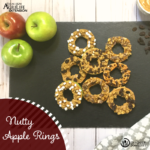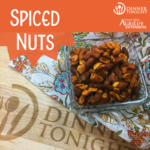Jicama is a root vegetable that resembles a turnip. This vegetable is usually eaten raw and is a great alternative for chips. Season jicama with chili powder and a dash of salt for dips or dice them for salads.

- 3 Tablespoons lime juice
- 2 teaspoons honey
- 1 Tablespoon fresh mint chopped
- 1 cup strawberries diced
- 1 cup fresh blueberries
- 3/4 cup jicama diced
- Whisk lime juice, honey and fresh mint into a small bowl.
- Place all fruit in large bowl and pour dressing over fruit. Cover and refrigerate for at least 1 hour and enjoy!
- You will need a sharp knife, cutting board, vegetable peeler.

- Wash and peel jicama with a vegetable peeler.
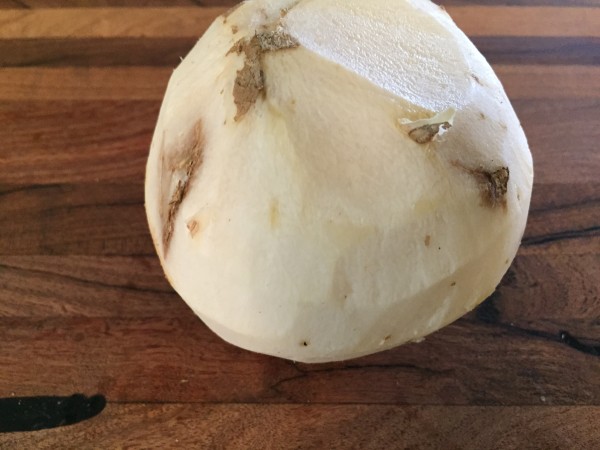
- Cut 1/4 of an inch slices of the jicama and then cut those slices into matchsticks. You can then use these to dip into guacamole or other dips instead of chips or dice them to use in salads.



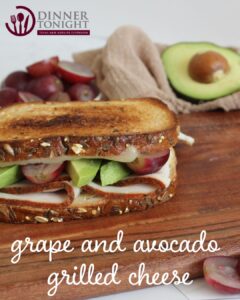
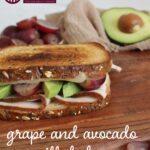
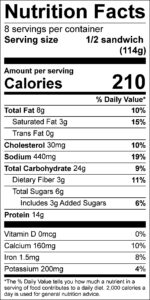
 Build your own
Build your own


